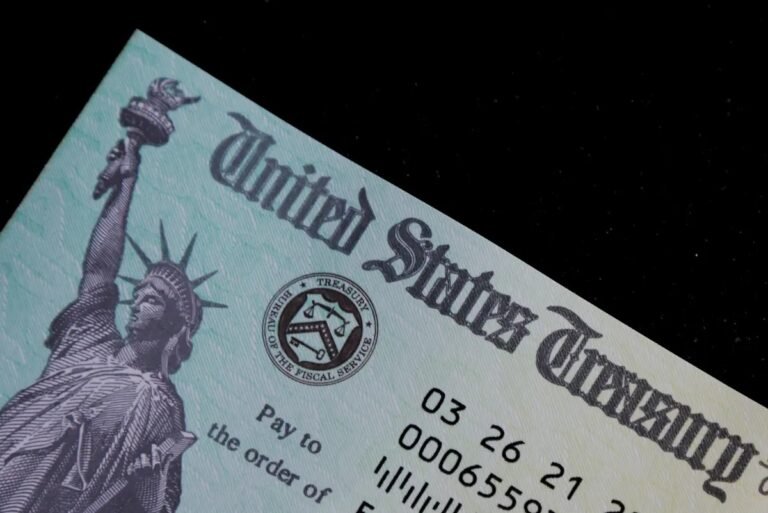As talks of a fourth stimulus check in 2025 circulate, many Americans are asking whether they will receive additional money from the IRS. Here’s what you need to know about the American Worker Rebate Act of 2025, upcoming payments, eligibility, and tracking options.
Several states have already issued or plan to send “inflation relief checks” to residents affected by rising prices. For instance, New York is distributing one-time payments based on income. Individuals earning up to $75,000 may receive $200, while married couples filing jointly earning up to $150,000 can get $400. Other states, including Pennsylvania, Georgia, and Colorado, have offered similar inflation refunds. These are often called “rebate checks” and vary depending on property ownership or income levels. Florida, however, has not issued any inflation relief or rebate checks since 2022. New York Governor Kathy Hochul has confirmed that additional details about the state’s inflation relief payments will be shared in the near future.
It’s important to understand the difference between stimulus checks and rebates. Rebates typically refund part of a purchase or tax after specific conditions are met. Stimulus checks, on the other hand, are direct payments from the federal government intended to boost spending and help Americans with immediate financial needs. In early 2025, former President Donald Trump suggested issuing rebate checks funded by new tariffs. These payments would target taxpayers within certain income brackets, echoing the approach used during pandemic-era stimulus programs. He also proposed a separate plan to provide $5,000 “DOGE dividends,” based on savings identified by the so-called Department of Government Efficiency. However, no official details or rollout plans have been shared, leaving the proposal speculative.
Eligibility for potential stimulus checks depends on several factors, including income, tax filing status, and residency. Past stimulus programs offered direct payments to individuals earning below certain thresholds and scaled payments for higher earners. Rebate programs, by contrast, may focus on specific groups, such as property owners or state taxpayers who paid higher sales taxes due to inflation. For example, in states like New York, the income cap for individuals is $75,000, while married couples filing jointly may qualify if their income is $150,000 or less. Other states have different criteria, so residents should check official state announcements to confirm eligibility and payment amounts.
Tracking potential federal stimulus checks or state rebate payments is straightforward. The IRS website provides tools for checking federal payments, including the “Get My Payment” feature for stimulus checks. For state rebates or inflation relief checks, residents should consult their state’s Department of Revenue or Treasury websites. It is also advised to watch official announcements from governors or state finance departments, as payment schedules and eligibility rules can vary. Some states have already begun sending out checks, while others are still finalizing their programs.
While a fourth federal stimulus check for August 2025 has not been officially confirmed, many states continue to provide inflation relief or rebate payments. Understanding the distinction between rebates and stimulus checks, knowing your eligibility, and tracking payments through official government channels can help Americans receive funds promptly. For the latest updates, check your state’s official website or the IRS portal to ensure you qualify for any 2025 relief payments.







